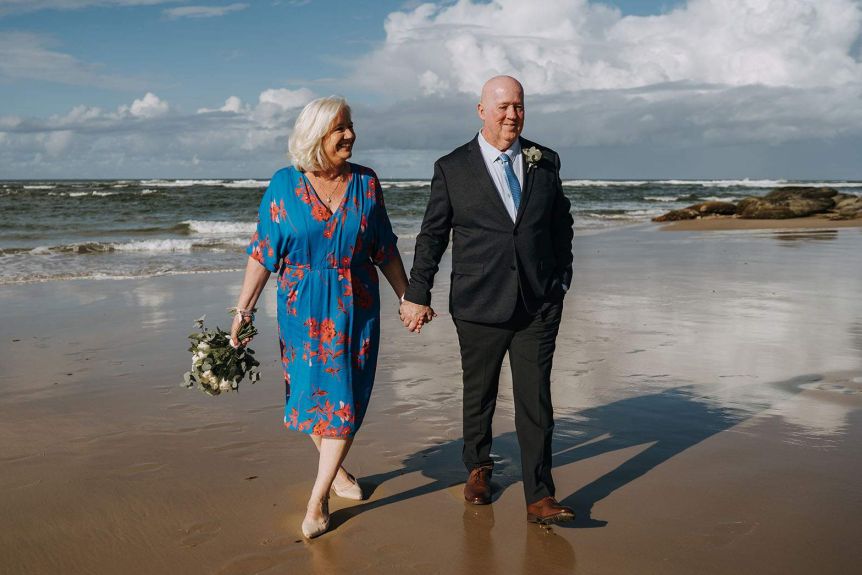
A Quest for Comfort in His Own Skin: Brett Gibbs’ Story
Cancer, Improving Quality of Life
Brett Gibbs
Brett Gibbs had tried everything to treat his skin cancer: Surgery and topical treatments had only provided temporary relief, if any relief at all. The cancerous lesions covered his scalp, head, face, and neck, and they seemed to be multiplying by the day.
Brett wasn’t just scared for his health; he was scared about what other people might think when they looked at him.
“People stare all the time,” Brett said.
Brett’s worst fears materialized when he was let go from his job as a security guard due to his condition.
“I was gutted,” Brett said. “I really can’t describe it. I was ashamed – I had always been paranoid about my skin. I had horrible thoughts in my head going home, and I was totally embarrassed. It was a dark day.”
That darkness pushed him back to his doctor’s office. He knew he needed a new care plan. His doctor agreed and recommended an innovative form of radiotherapy: Volumetric Modulated Arc Therapy (VMAT).
VMAT focuses very small radiation beams with individualized intensities on a patient’s cancer. The beams are then rotated 360 degrees around the patient, to attack the cancer at all angles, while avoiding critical organs and healthy tissue. The treatment is completely personalized based on the patient’s unique diagnosis – usually determined with a CT or PET scan – and lasts just a few minutes.
“It was a good treatment option for Brett, because really he has tried [other] treatments and failed,” Brett’s doctor, Dr. Sinclair, said. In fact, before discovering VMAT, Brett had endured more than 100 individual skin cancer removal surgeries.
As Dr. Sinclair’s research partner Dr. Burke points out, “Surgery has always been the mainstay of treatment of skin cancers. But for many of these high-load tumor patients [like Brett], they have wide areas of cancerous change, whether it’s pre-invasive cancer or actual cancer. Surgery can’t cope with that, because there’s a cosmetic detriment if you’re excising or cutting out large areas of tissue. [With the radiation treatment], we can treat large areas of cancer and pre-cancer and keep good cosmetic outcomes, despite treating a significant volume of disease.”
Brett is case in point. His face is clear, his skin looks healthy, and he has not had any recurring cancers since undergoing VMAT.
“As treatment progressed, I noticed people were not staring at me anymore,” he said. “As my face got better, my confidence returned, and I started to go out. I felt like I was getting my life back thanks to the therapy, and I am no longer afraid of a camera. I feel like a new person.”
Brett’s not the only patient benefitting from VMAT technology.
“We’ve now done more than 4,000 patients,” said Dr. Sinclair. “The results have been, not to understate it, quite spectacular and far better than we anticipated. We’ve had more than 99 percent of cancers cleared.”
Dr. Burke puts it this way: “It is extraordinarily life-changing for these patients.”
Patients like Brett, who reports that he’s never been happier. He recently hung mirrors in his home for the very first time. And he had wedding photos taken with his wife and family, after refusing to have photos taken on their wedding day in 2013 because of how his skin looked.
“[He’s a] totally different person,” said Brett’s wife, Genevieve. “He was always aware people were staring at him. But now he’s the one walking down the street saying, ‘hi.’”
Learn more about how medical technology is helping people with cancer.
This story was adapted from an original story by ABC.